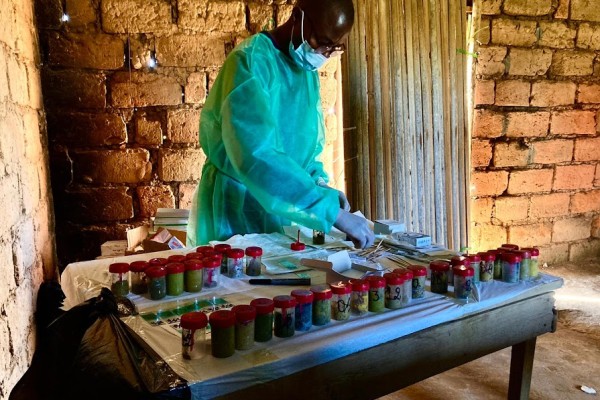Disease mapping is a core component of any neglected tropical diseases programme. Through mapping exercises, it is possible to quantify the burden of disease, understand its geographic spread and then design public health interventions tailored to each epidemiological context.
Mapping uses survey methodologies to estimate the burden of diseases such as schistosomiasis, soil transmitted helminths, lymphatic filariasis and onchocerciasis. Through the collection of field samples, it is possible to extrapolate the prevalence of disease in a population and better understand who is most affected by these diseases.
MENTOR has been adapting its mapping methodologies and tools to increase precision and improve efficiency of disease mapping, as disease modelling and more refined survey techniques are used increasingly in neglected tropical disease programmes.
Working alongside local governments and WHO we design, implement and report surveys to assess the baseline disease prevalence (before mass drug administration campaigns) After a round of mass drug is completed an impact assessment is carried out.
An example of this practice has been conducted in Angola where MENTOR supported baseline mapping for soil transmitted helminths and schistosomiasis in 2014, with an impact assessment in 2021. MENTOR has also been supporting mapping of lymphatic filariasis, onchocerciasis and trachoma alongside with local partners and governments.


